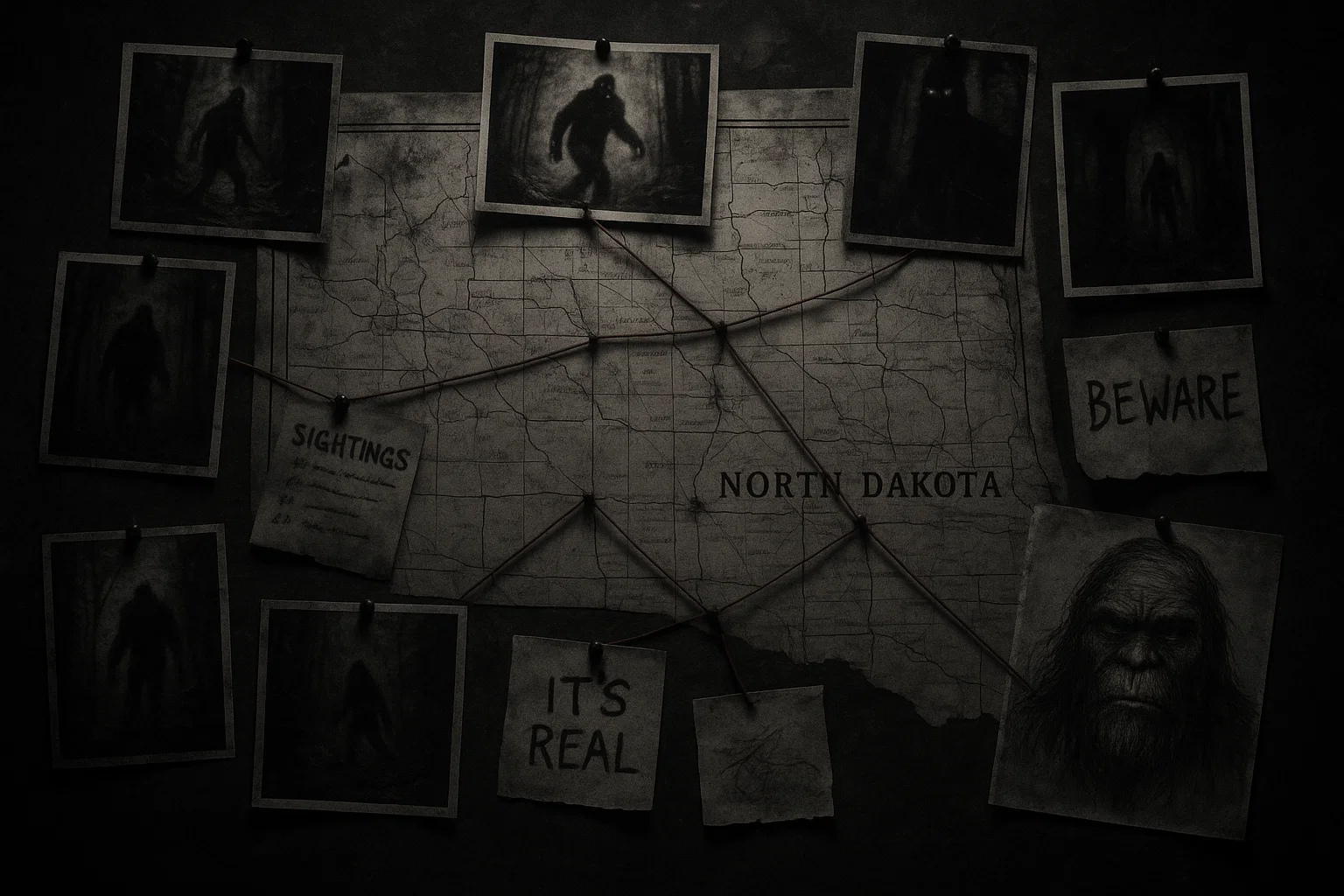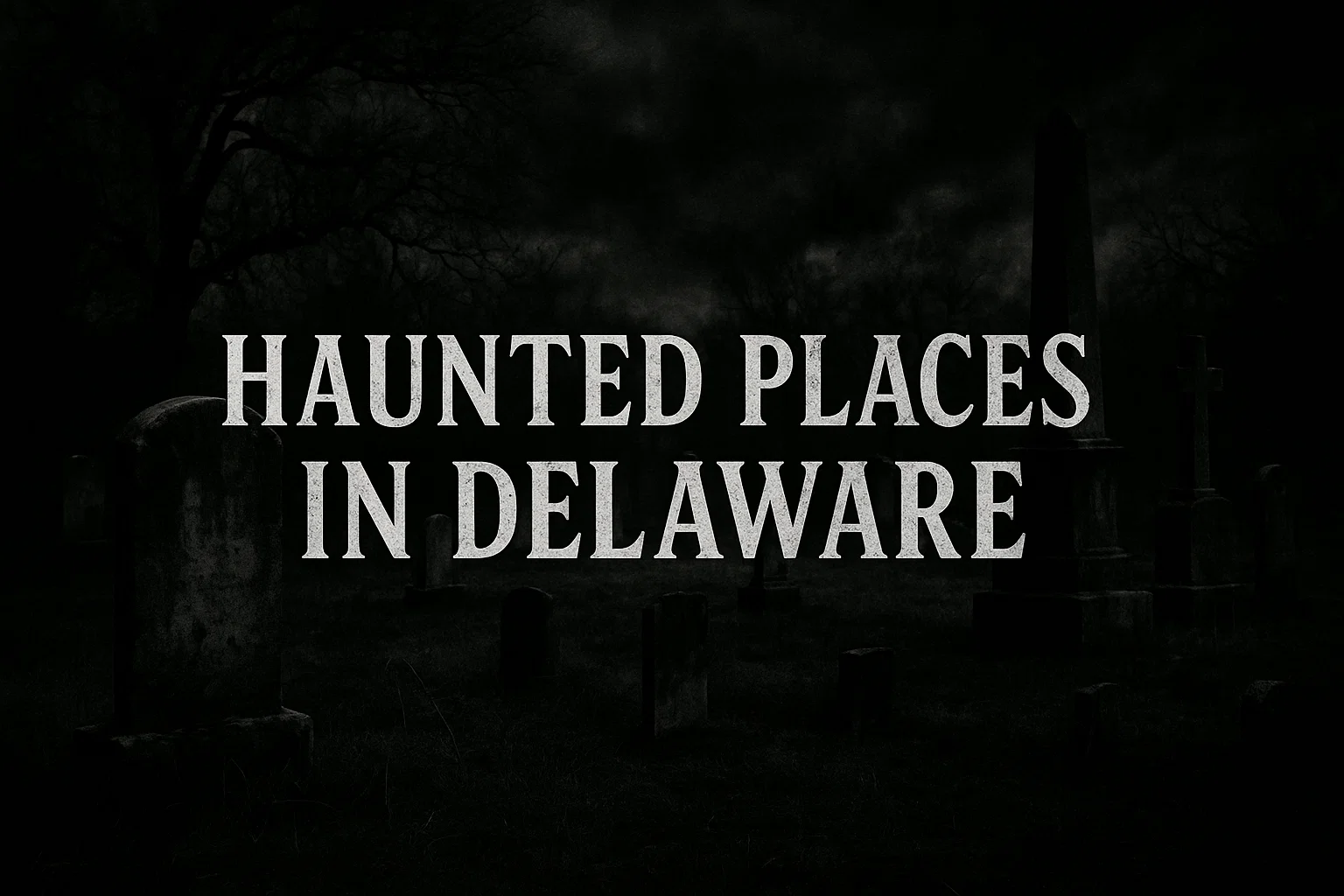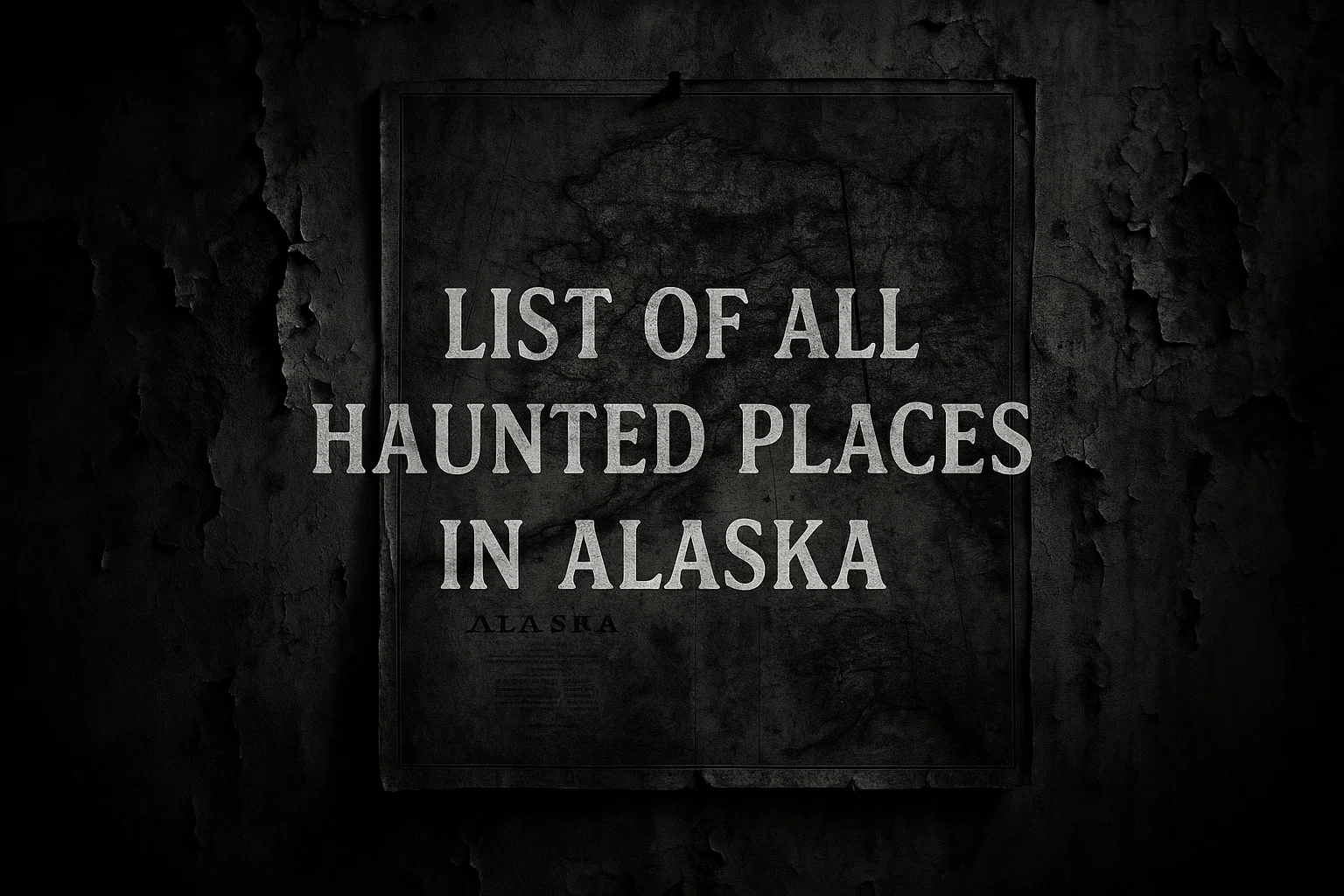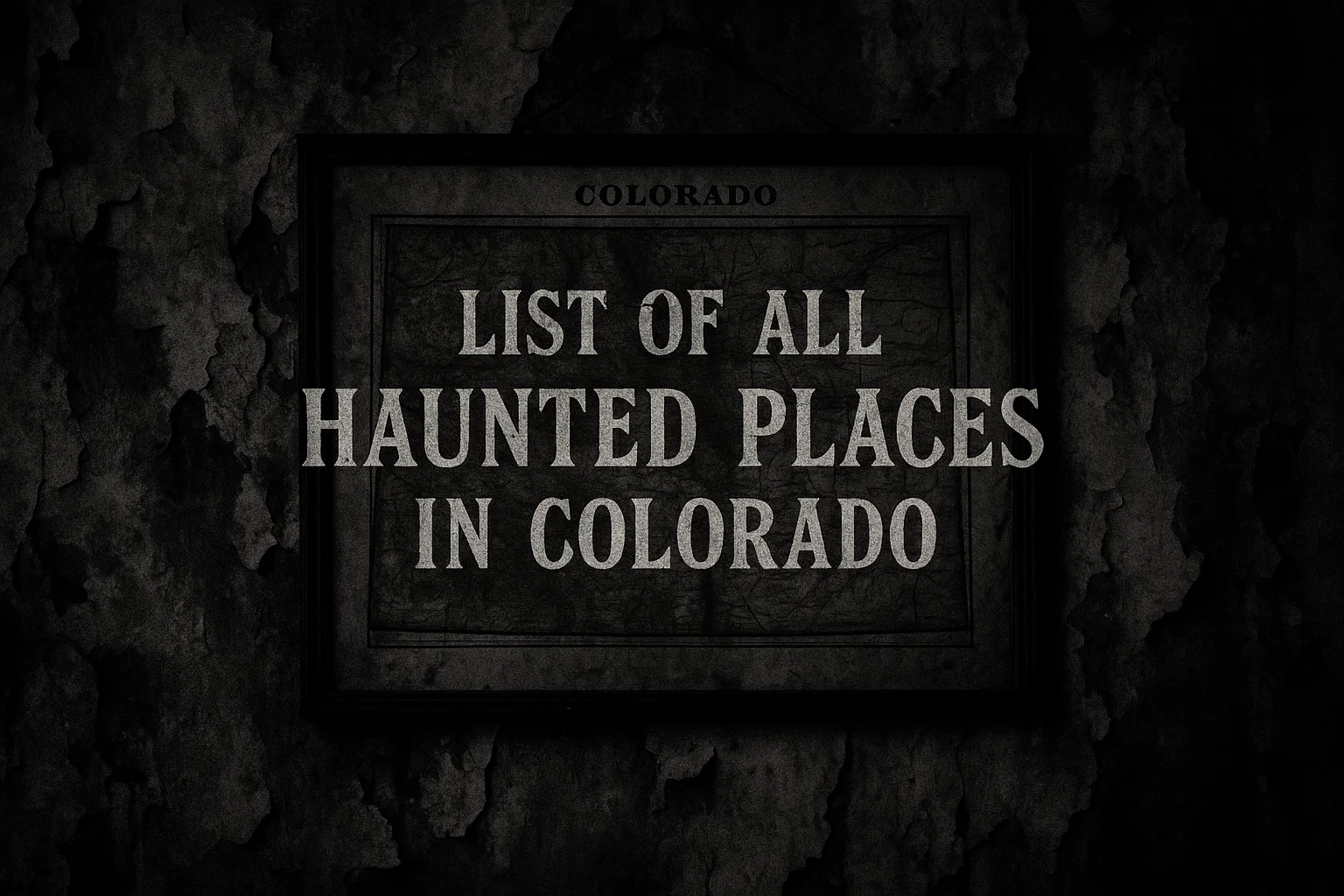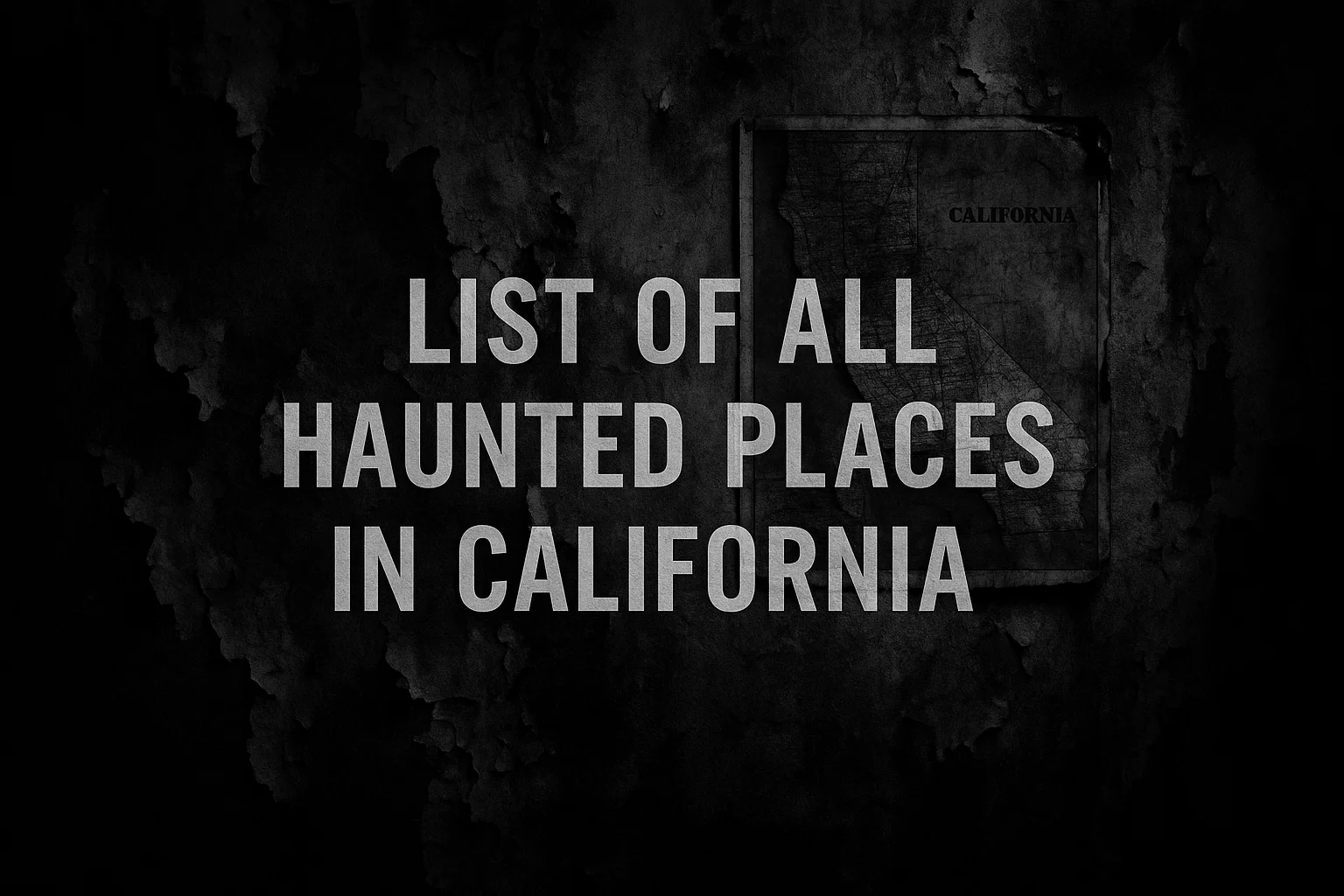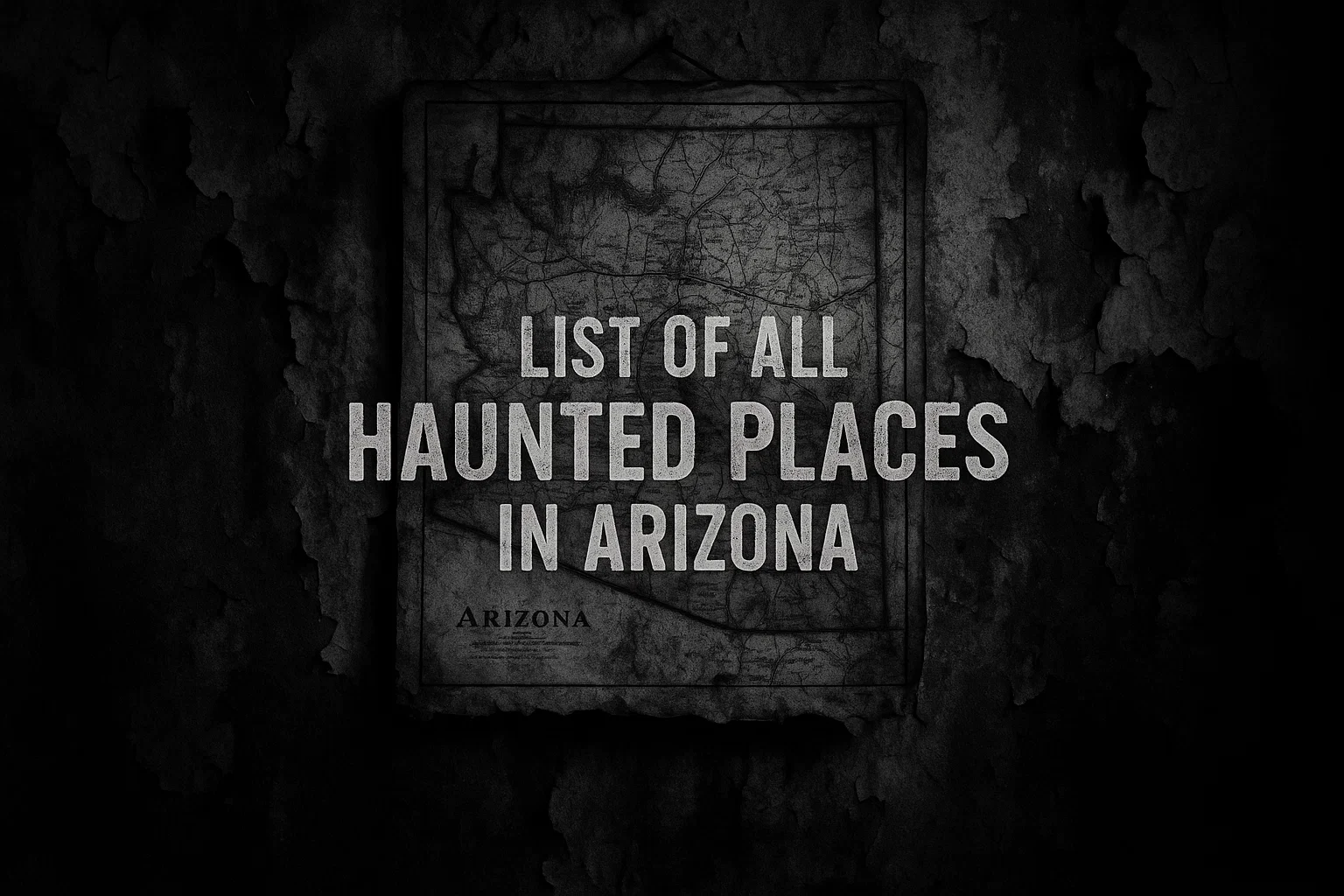North Dakota Bigfoot sightings have long intrigued cryptozoology enthusiasts, weaving a thread of mystery through the state’s expansive prairies and rugged badlands. Despite its sparse population and open landscapes, North Dakota harbors a surprising number of reported encounters with a tall, hairy, bipedal creature known as Sasquatch.
From the chilling 1962 sighting near Minot to the flurry of reports in 2004 on the Fort Berthold Indian Reservation, these incidents spark curiosity about what might lurk in the state’s remote corners.
This comprehensive exploration delves into the history, investigations, and cultural significance of Bigfoot sightings in North Dakota, alongside other cryptids like the Miniwashitu and Devils Lake Serpent, offering a vivid journey into the state’s enigmatic folklore.
Summary
North Dakota Bigfoot Sightings
North Dakota, often associated with sweeping plains and agricultural heartlands, is an unexpected backdrop for Bigfoot sightings in North Dakota. Yet, its western counties, dotted with rugged badlands, river valleys, and sparse woodlands, provide ample cover for such a creature. Reports describe a Sasquatch standing 7 to 9 feet tall, covered in shaggy fur, often leaving oversized footprints or emitting a pungent odor.
The Bigfoot Field Researchers Organization (BFRO) and local accounts document at least nine credible sightings from 1962 to 2017, primarily in Ward, Mountrail, McKenzie, McLean, and Dickey Counties. These encounters, ranging from fleeting glimpses to detailed observations, fuel speculation about an elusive creature navigating the state’s untamed landscapes.
The table below compiles the best-documented North Dakota Bigfoot sightings, organized chronologically from the earliest to the most recent, based on verified reports. Each entry includes the date, witness (where names are publicly available), precise location, and a concise, detail-oriented description of the encounter.
Table of Reported Bigfoot Sightings in North Dakota:
| Date | Witness | Location | Description |
|---|---|---|---|
| April 1962 | Anonymous | Near Minuteman Trailer Park, Minot (Ward County) | Two hunters felt stalked while in a wooded area near Minot. Turning back, they observed a towering creature, approximately 8 feet tall, with long, shiny black hair covering its body except for the face and palms. The creature’s menacing expression and long arms prompted the witnesses to flee in fear. This sighting, classified as “Class A” by the BFRO, marks the earliest recorded encounter in North Dakota. |
| February 22, 2004 | Anonymous children and adult female | Southeast edge of New Town (Mountrail County) | Children at a trailer park spotted a large, hairy, bipedal creature moving through trees. Their screams alerted an adult female, who confirmed seeing the creature, described as tall and hairy, pushing through bushes with speed and agility, disappearing into the foliage. |
| February 22, 2004 | Anonymous | 8 miles south of New Town, near Muskrat Lake (Mountrail County) | An evening sighting of a large, bipedal figure was reported near Muskrat Lake. Limited details are available due to the witness’s reluctance to provide further information, but the sighting aligns with others in the area during this period. |
| February 24, 2004 | Anonymous women | Adjacent to Hwy 22, 5 miles southwest of Mandaree (McKenzie County) | Two women observed a hairy, man-like creature through their home window at dusk. The figure crossed the frozen Lake Sakakawea, covering roughly a mile on ice, moving with deliberate strides before vanishing into the darkness. |
| February 25, 2004 | Anonymous men (aged 49 and 22) | Hwy 22, just after junction of BIA 14 (McKenzie County) | Driving at night, two men spotted a large, hair-covered creature walking upright along Hwy 22, illuminated by their headlights. The figure, estimated at 7-8 feet tall, moved into a ditch and headed south, leaving no visible tracks due to the road surface. |
| February 26, 2004 | Anonymous group of six men | Ditch near Hwy 22 (McKenzie County) | Following the previous day’s sighting, six men discovered 300 yards of footprints in snow along Hwy 22. The tracks, measuring 15-17 inches long and 4-5 inches wide, showed a mid-tarsal break and some toe impressions, suggesting a heavy, bipedal creature moving south. |
| February 27, 2004 | Dennis Fox Jr. and Paul Danks | Same location as February 26 (McKenzie County) | Dennis Fox Jr. and Paul Danks photographed the footprints from the previous day, noting their size and distinct features, though melting snow had blurred some details. The tracks extended to the pavement and then disappeared, indicating the creature may have crossed the road. |
| August 2005 | Anonymous group | Country Road 7 near White Shield (McLean County) | Motorists on Country Road 7 observed a 7-8 foot creature resembling a “gorilla from the movies.” Returning with spotlights, they noted red, glowing eyes in the distance, accompanied by a strong odor of urine and decay, along with grunting noises and faint screams, suggesting the creature’s presence nearby. |
| December 25, 2017 | Christopher Bauer and anonymous family friend | Near Ellendale (Dickey County) | A family friend reported seeing a large, hairy creature peering through her kitchen window on Christmas night. Christopher Bauer tracked hundreds of footprints, 18 inches long and 8 inches wide with a 4-foot stride, across farmland and a highway for over 7 miles. An anonymous letter later claimed the tracks were a prank, but Bauer contested this, citing their consistency and extent. |
Insights and Patterns
- Geographic Focus: Most Bigfoot sightings in North Dakota cluster in western counties, particularly around the Fort Berthold Indian Reservation, where the 2004 sightings occurred. These areas, with their river valleys and badlands, offer potential habitat for an elusive creature.
- Physical Evidence: Footprints, as seen in 2004 and 2017, are the most common physical evidence, often noted for their large size and unique features like mid-tarsal breaks, which some researchers associate with Sasquatch.
- Witness Reluctance: Many witnesses, especially in 2004, were hesitant to share details, possibly due to fear of ridicule or cultural sensitivities on the reservation, limiting the depth of some reports.
- Temporal Clustering: The 2004 sightings, occurring over a week, represent a rare “flap” of Bigfoot activity, suggesting either heightened creature activity or increased community awareness.
You May Also Like: Complete Guide to North Carolina Bigfoot Sightings (1968–2025)
Investigation Efforts in North Dakota
Investigating North Dakota Bigfoot sightings is a challenging endeavor, given the state’s vast landscapes and small population, which can hinder rapid response and evidence collection. The Bigfoot Field Researchers Organization (BFRO), established in the mid-1990s, has been the most prominent group documenting these encounters.
The BFRO classifies sightings as “Class A” for clear visual observations or “Class B” for indirect evidence like tracks, as seen in the 1962 Minot and 2004 Fort Berthold cases. Their investigations involve interviewing witnesses, analyzing footprints, and mapping sighting locations to identify patterns, with a focus on the Fort Berthold Indian Reservation as a hotspot due to its multiple 2004 reports.
Beyond the BFRO, local efforts have significantly contributed to the investigation of North Dakota Bigfoot sightings. In 2004, Eloise Ogden, a journalist with the Minot Daily News, covered the Fort Berthold sightings extensively, interviewing witnesses and documenting the community’s response.
Her reporting brought attention to the tracks found near Hwy 22 and the emotional impact on witnesses, including the tragic death of a 49-year-old man from a brain aneurysm shortly after his sighting, which some locals linked to the encounter. Similarly, in 2017, WDAY TV in Fargo reported on the Dickey County sighting, interviewing Christopher Bauer, a local trapper who pursued the footprints for over 7 miles. Bauer, acting independently, sent photographs to a Bigfoot researcher at the University of Idaho, demonstrating a grassroots effort to validate the sighting.
Other organizations, such as the North America Bigfoot Search (NABS), have also shown interest in North Dakota. Founded by technology executives in California, NABS emphasizes thorough regional investigations, including witness interviews and environmental analysis. While their work has focused more on states like California, their comprehensive approach suggests potential future exploration in North Dakota, especially given the state’s documented sightings.
Local cryptozoology enthusiasts, like those contributing to platforms such as Appalachian GhostWalks, have also discussed North Dakota Bigfoot sightings, encouraging anonymous reporting to gather more data without fear of stigma.
Native American communities, particularly the Mandan, Hidatsa, and Arikara (MHA) Nation on the Fort Berthold Reservation, have added a cultural dimension to investigations. Tribal elders and historians, such as those interviewed by Ogden in 2004, referenced traditional stories of Taku-He, a Bigfoot-like figure meaning “big man” in Lakota, suggesting a historical context for these sightings.
These accounts describe Taku-He as a guardian spirit with supernatural abilities, potentially linking modern sightings to ancient folklore. However, cultural sensitivities often limit public disclosure, as some tribal members view discussing such beings as taboo.
Challenges in North Dakota include the state’s harsh winters, which can obscure evidence like tracks, and the reluctance of witnesses to come forward due to fear of ridicule. The 2017 Dickey County case, for instance, faced skepticism after an anonymous letter claimed the tracks were a prank, though Bauer’s detailed tracking disputed this.
Despite these obstacles, the combination of BFRO’s systematic approach, local journalism, independent investigators like Bauer, and cultural narratives from Native communities creates a multifaceted effort to unravel the mystery of North Dakota Bigfoot sightings. These investigations, while inconclusive, keep the legend alive and encourage ongoing exploration.
You May Also Like: Complete Guide to New York Bigfoot Sightings (1840–2025)
Detailed Case Studies
April 1962, Ward County (Minot)
Witnesses: Anonymous (names withheld by BFRO)
Location: Near Minuteman Trailer Park, Minot
Description: In April 1962, two hunters were navigating a wooded area near the Minuteman Trailer Park in Minot when they experienced an unsettling sensation of being followed. Turning to investigate, they encountered a creature standing approximately 8 feet tall, covered in long, shiny black hair except for its face and palms.
The creature’s arms extended notably low, and its expression was described as menacing, with dark, intense eyes that seemed to convey intelligence. The hunters, gripped by fear, fled the scene without further interaction. The BFRO classified this as a “Class A” sighting due to the clear visual observation and the witnesses’ detailed account of the creature’s appearance.
Context and Significance: This encounter stands as the earliest documented Bigfoot sighting in North Dakota, setting a precedent for later reports. The Minot area’s proximity to the Souris River and wooded patches provides a plausible habitat for such a creature.
The witnesses’ fear and the creature’s distinct features, such as its hairless face and long arms, align with classic Sasquatch descriptions, making this a foundational case in North Dakota Bigfoot sightings. The lack of physical evidence, like tracks, limits further analysis, but the sighting’s historical significance endures.
February 2004 Series, Mountrail and McKenzie Counties
Witnesses: Anonymous children, adult female, two women, two men (aged 49 and 22), six men, Dennis Fox Jr., and Paul Danks
Locations: Southeast edge of New Town (Mountrail County), near Muskrat Lake (Mountrail County), Hwy 22 near Mandaree (McKenzie County), ditch near Hwy 22 (McKenzie County)
Description: Between February 22 and 27, 2004, a series of Bigfoot sightings unfolded on the Fort Berthold Indian Reservation, creating a rare “flap” of activity. On February 22, children at a trailer park in New Town observed a large, hairy, bipedal creature moving through trees, prompting screams that alerted an adult female. She confirmed seeing the creature, described as tall, hairy, and agile, navigating the brush with ease.
That same day, a separate sighting near Muskrat Lake, 8 miles south of New Town, noted a similar figure, though details were sparse due to the witness’s reluctance. On February 24, two women near Mandaree saw a hairy, man-like creature through their window, crossing the frozen Lake Sakakawea over a mile of ice at dusk. On February 25, two men driving on Hwy 22 spotted a 7-8 foot, hair-covered creature walking upright, illuminated by their headlights, before it moved into a ditch.
On February 26, a group of six men, including a nephew from the previous sighting, found 300 yards of footprints in snow near Hwy 22, measuring 15-17 inches long and 4-5 inches wide, with a mid-tarsal break and toe impressions.
On February 27, Dennis Fox Jr. and Paul Danks photographed these tracks, noting their size and features, though melting snow obscured some clarity. Tragically, the 49-year-old male witness died of a brain aneurysm shortly after, with some locals attributing it to the shock of the encounter.
Context and Significance: This series is the most extensive and well-documented set of North Dakota Bigfoot sightings, with multiple witnesses and physical evidence. The Fort Berthold Indian Reservation, with its riverine and badland terrain, is a plausible setting for such activity.
The footprints’ mid-tarsal break, a feature associated with Sasquatch, and the consistent descriptions across witnesses bolster the case’s credibility. Local media coverage by Eloise Ogden and cultural references to Taku-He add depth, linking modern sightings to Native American lore.
The tragic death of a witness underscores the emotional impact, making this a pivotal case in North Dakota Bigfoot sightings.
You May Also Like: Complete Guide to New Mexico Bigfoot Sightings (1976–2025)
December 25, 2017, Dickey County (Ellendale)
Witnesses: Christopher Bauer and anonymous family friend
Location: Near Ellendale
Description: On Christmas night 2017, a family friend of Christopher Bauer reported seeing a large, hairy creature peering through her kitchen window near Ellendale. The creature, described as massive and covered in dark fur, startled the witness with its imposing presence. Bauer, an experienced trapper, investigated the next day and discovered hundreds of footprints measuring 18 inches long and 8 inches wide, with a 4-foot stride.
He tracked these prints across farmland and a highway for over 7 miles, noting their consistent depth and spacing, suggesting a heavy creature. Bauer sent photographs to a Bigfoot researcher at the University of Idaho, who found the tracks compelling.
However, an anonymous letter to WDAY TV claimed the tracks were a prank created with homemade Bigfoot slippers. Bauer disputed this, arguing that the tracks’ extent and consistency made a hoax unlikely, as crafting such extensive tracks in deep snow would be logistically challenging.
Context and Significance: This sighting is notable for its recent date and Bauer’s detailed investigation, which provided some of the most extensive physical evidence in North Dakota Bigfoot sightings. The Dickey County area’s rural, snow-covered terrain supports the possibility of tracks being preserved, though the hoax claim introduces skepticism.
The media coverage by WDAY TV and Bauer’s collaboration with a university researcher highlight the intersection of local and academic interest. Despite the controversy, the case remains significant for its detailed documentation and the ongoing debate it sparked.
Bigfoot Sightings vs Other Cryptid Sightings in North Dakota
Bigfoot sightings in North Dakota are not the only tales of mysterious creatures in the state. North Dakota’s rich Native American folklore and rugged landscapes foster a variety of cryptid legends, including the Miniwashitu and Devils Lake Serpent.
These beings, alongside other unexplained phenomena, contribute to a vibrant tapestry of the unknown, raising questions about potential connections to Sasquatch.
- Miniwashitu (Missouri River Monster): Rooted in Mandan and Dakota folklore, the Miniwashitu is a fearsome creature said to inhabit the Missouri River. Described as 7-8 feet tall, covered in red, shaggy fur, with a single eye, a horn, and a jagged, saw-like spine, it is a creature of terror. According to Melvin Randolph Gilmore’s 1921 account, the Miniwashitu was rarely seen but could cause madness or death in daylight sightings. Tribal legends suggest it controls the river’s spring ice breakup, embodying the dangers of the natural world. While modern sightings are scarce, its enduring presence in oral traditions keeps the legend alive, particularly among the Mandan people.
- Devils Lake Serpent: This aquatic cryptid is said to dwell in Devils Lake, a large body of water in northeastern North Dakota. Described as a massive, serpentine creature, it appears in Native American stories and occasional modern reports. Sightings are rare, often linked to unexplained ripples or disappearances in the lake. The serpent’s elusive nature mirrors Bigfoot’s reclusiveness, tying it to the state’s broader cryptid lore.
- Other Cryptids and Phenomena: North Dakota has other unexplained reports, such as a 2009 Thunderbird sighting by an Air Force security member, describing a massive bird-like creature. In 2020, a “glimmer man” was reported at Kimball Bottoms, a translucent, humanoid figure seen during a drum circle, suggesting a supernatural presence. These incidents, while distinct, share the theme of mysterious entities in remote settings, similar to Bigfoot encounters.
You May Also Like: Complete Guide to New Jersey Bigfoot Sightings (1952–2025)
Potential Links to Bigfoot
The Miniwashitu shares some traits with Bigfoot, such as its hairy, bipedal form and association with remote areas, but its aquatic nature and supernatural attributes, like causing madness, distinguish it. The Devils Lake Serpent, being water-bound, is less similar but reflects the broader theme of elusive creatures in North Dakota’s wilds.
Cultural narratives, particularly from the Mandan, Hidatsa, and Arikara tribes, suggest a shared mythology where beings like Taku-He and Miniwashitu serve as guardians or warnings of nature’s power.
The 2004 Fort Berthold sightings, occurring near the Missouri River, raise speculation about a connection to Miniwashitu legends, though no direct evidence exists. The state’s sparse population and vast terrain may provide a habitat for multiple cryptids, with overlapping folklore amplifying the mystery of North Dakota Bigfoot sightings.
Conclusion
Bigfoot sightings in North Dakota may be fewer than in states like Washington or California, but their impact on local culture and cryptozoology is profound. From the haunting 1962 Minot encounter to the intense 2004 Fort Berthold series and the controversial 2017 Dickey County tracks, these reports weave a narrative of intrigue and wonder.
Investigations by the BFRO, local journalists like Eloise Ogden, and individuals like Christopher Bauer highlight the dedication to uncovering the truth behind these elusive encounters, despite challenges like harsh weather and witness reluctance.
The state’s cryptid lore extends beyond Bigfoot, with the Miniwashitu and Devils Lake Serpent enriching North Dakota’s supernatural landscape. These creatures, rooted in Native American traditions, suggest a deep cultural connection to the land, where mysterious beings embody the awe and fear of the unknown.
As North Dakota Bigfoot sightings continue to captivate researchers and locals, they invite us to explore the boundaries of reality, pondering what secrets lie hidden in the state’s prairies, badlands, and river valleys.

